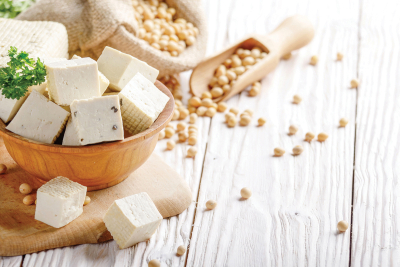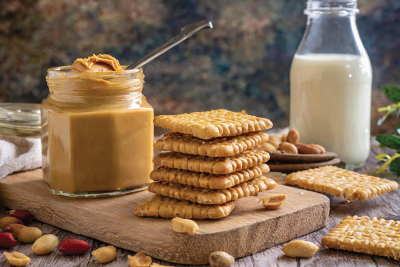Notes from a plant nerd: Happy Holly Days
There are many different plants that Appalachian mountainfolk have used for centuries in their decorations and celebrations on or around the winter solstice.
Notes from a plant nerd: Leftover Cranberries
Many of us may be tired of cranberries by now, having eaten our fill, and then some, at our recent fall harvest celebrations. And whether you were on team fresh cranberry sauce, or you prefer the canned cranberries, you ate the fruit of a plant native to North America called large cranberry (Vaccinium macrocarpon).
Notes from a plant nerd: Aster Family Plants, the Stars of Summer!
Often, when I am giving my introductory talk on the guided wildflower walks I lead, I invite people to play the “What’s That Plant?” game. This is one of my favorite games to play, and the rules are simple. As we are walking along, if anyone notices a plant or flower that I haven’t seen or taught about yet, they can ask, “Hey Adam, what’s this plant?”
Notes from a plant nerd: Rhododendron, showman of the Southern Apps
Throughout Southern Appalachia, rhododendrons can be found growing and blooming. And what a show they put on. With flower colors running from white, to pink, to purple with large and small flowers, rhododendrons are among the most iconic flowers in all of Western North Carolina and can be found growing in most of the many and varied ecosystems in these mountains.
Notes from a plant nerd: A little beauty on an early spring day
One of my favorite things in the world to do is walk people into a field of wildflowers that they haven’t seen yet, point one out and then watch as they realize that those flowers are also blooming all around them. It’s not their fault that they didn’t see them at first. Often, until we are shown something, we don’t see it. Once we are shown it, it is difficult to not see it.
Notes from a Plant Nerd: How a love for plants took root
Hi, my name is Adam Bigelow, and I am a Plant Nerd.
‘Still plenty to do’: Continual curiosity key for awarded botanist
When Ron Lance found out he’d been chosen for a prestigious Southern Appalachian Botanical Society award, he was astonished.
Toxic plants of Appalachia
From time to time, I’ve discussed in this space various plants the Cherokees and early settlers utilized for medicinal, edible and utilitarian purposes. The reverse side of that topic would be those plants that were dangerous to use.
The Naturalist's Corner: Aster-risk*
Blue, white, lavender and purple corymbs, racemes and panicles will glow from shadowy woods and blaze from sunny meadows from now until the first hard, killing frost. Asters comprise a large beautiful complex and challenging group of wildflowers to pin down. More than 20 species of the genus aster have been recorded from the Great Smoky Mountains National Park. Because of considerable variation within species and the tendency of species to hybridize, even competent botanists are sometimes left to a “judgment” call when trying to identify certain individuals.
The Naturalist's Corner: Santee surprise
During our annual summer beach trip to Isle of Palms, I often manage to sneak away one morning to visit Santee Coastal Reserve for an annual red-cockaded woodpecker fix. State and federal agencies have been successfully enhancing the endangered red-cockaded woodpecker population at Santee Coastal for a number of years. It’s a great place to see these noisy little woodpeckers as they nest along the main dirt road through the reserve and all you have to do is drive slowly along until you hear the constant chatter of a colony.









